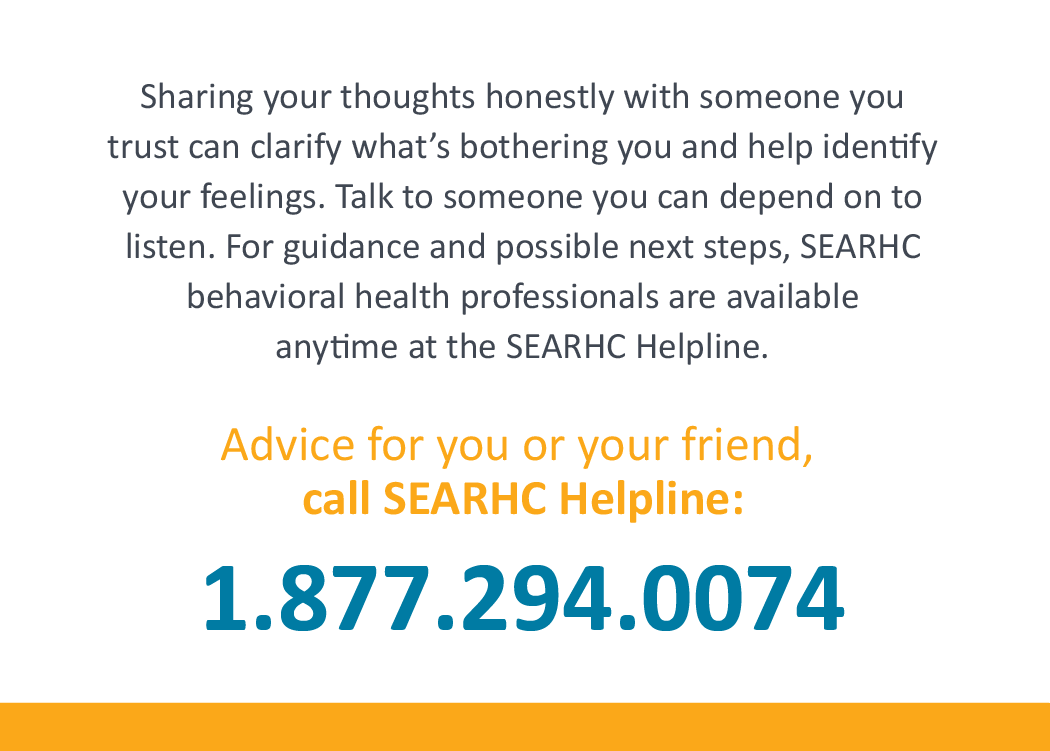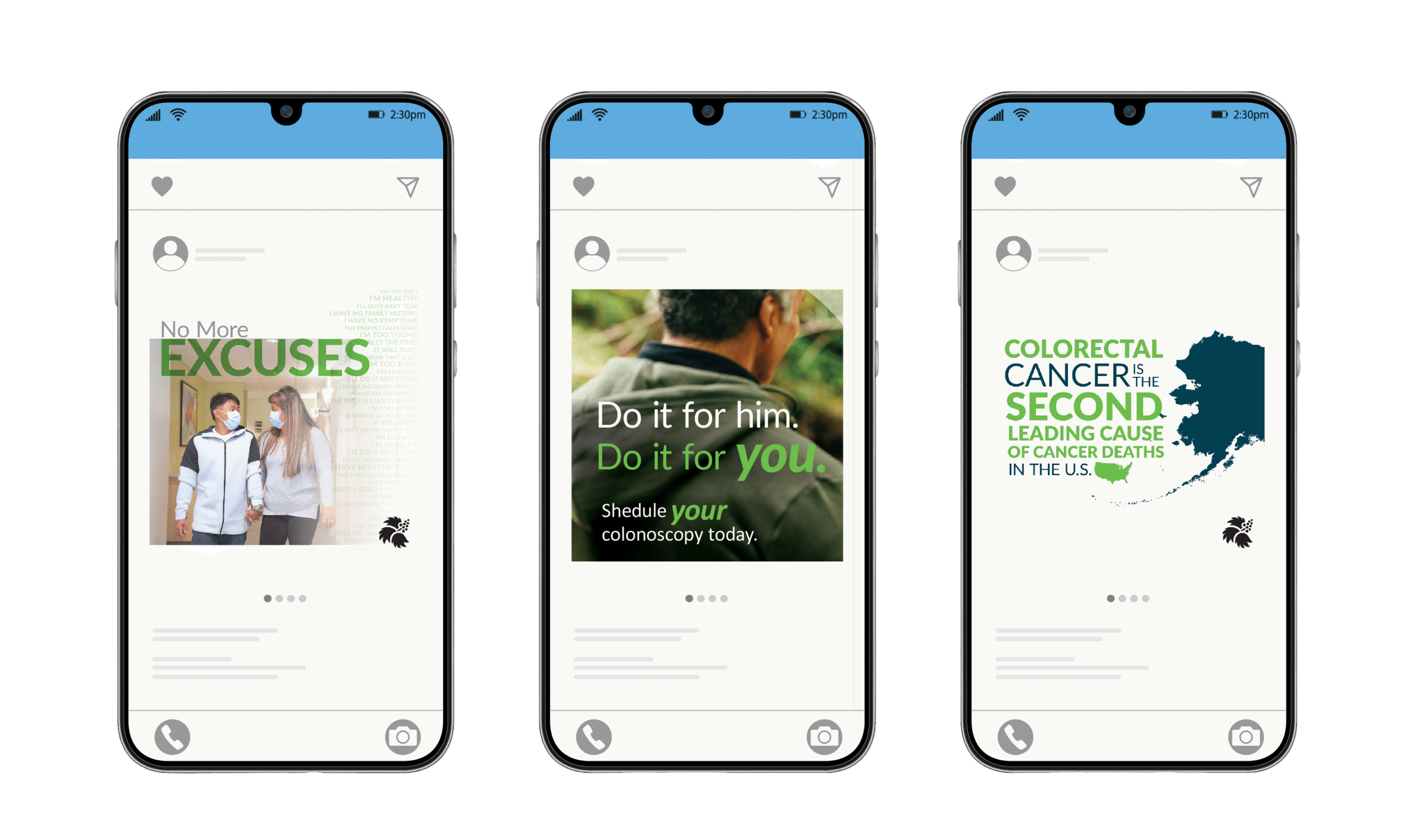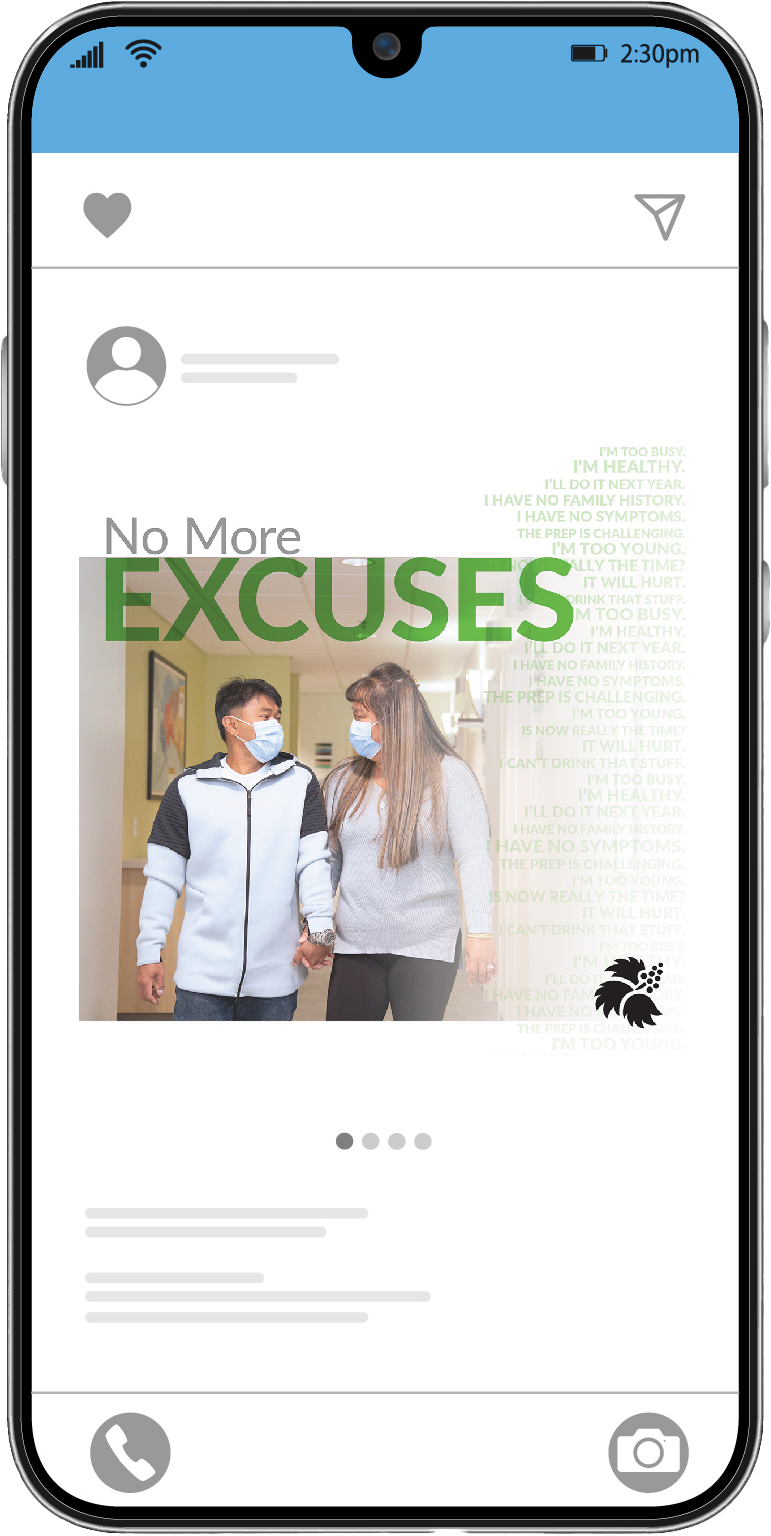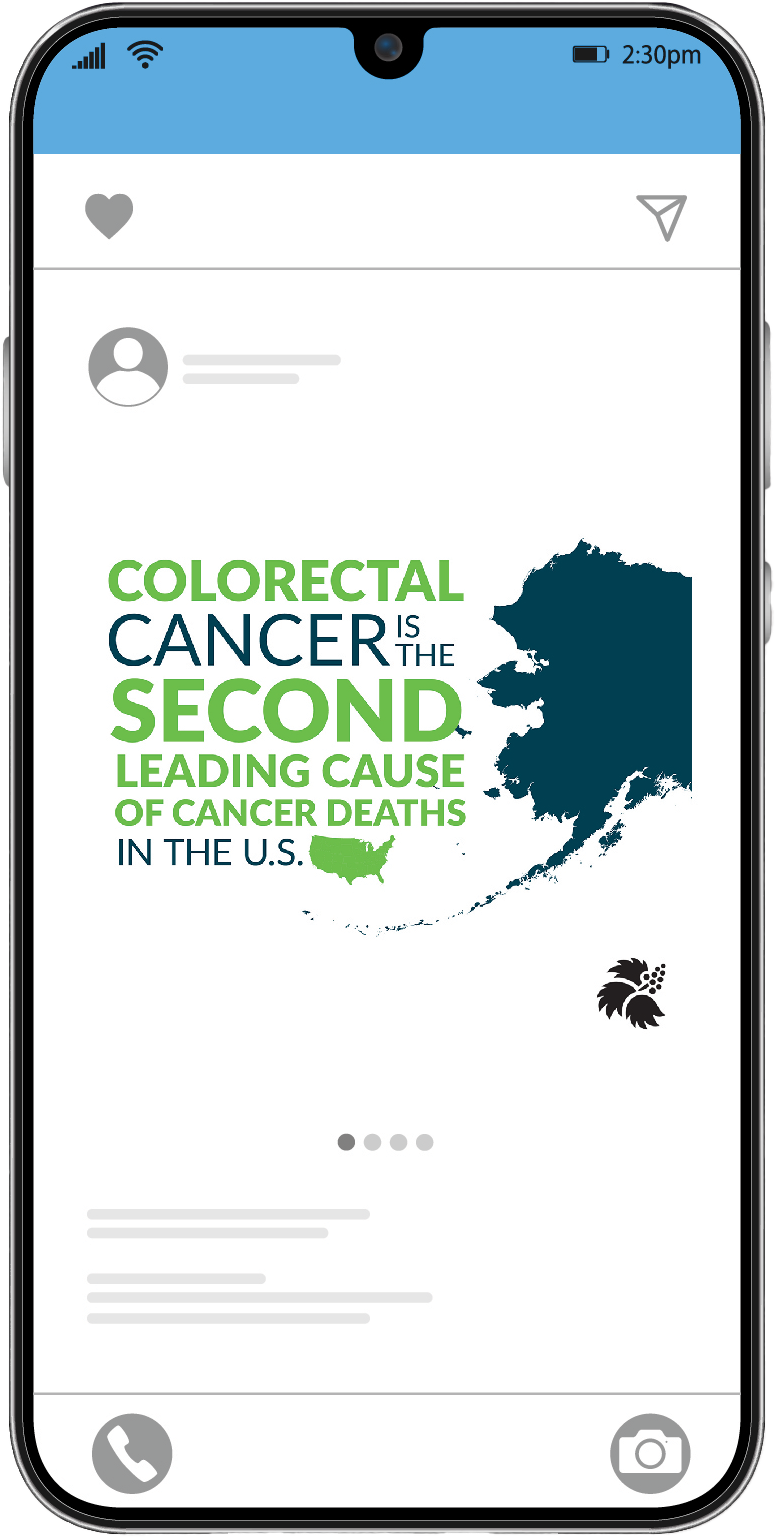Healthy Outcomes Campaigns
Approach
As the marketing partner for SEARHC, JSR Strategies aims to increase awareness, access, and community trust in critical health services through culturally relevant, multi-channel campaigns. From promoting preventative screenings like colonoscopies and mammograms to elevating mental health support resources and addressing vaccine education, our objective is to deliver strategic, measurable outreach that drives engagement, empowers Southeast Alaskans, and supports SEARHC’s mission to improve health outcomes across the region.
About
The SouthEast Alaska Regional Health Consortium (SEARHC) is a distinguished non-profit health consortium dedicated to providing comprehensive healthcare services to the residents of Southeast Alaska.
Marketing & Digital Services







Results
JSR Strategies’ multi-faceted campaigns helped SEARHC significantly expand community engagement and increase utilization of critical health services across Southeast Alaska. Through targeted messaging, culturally attuned creative, and strategic media placements, we achieved the following:
-
Increased Screening Participation:
Our colonoscopy awareness campaign, “No More Excuses,” helped shift public perception and encouraged preventive action, resulting in measurable increases in colon screening inquiries and appointments. -
Recognized Mammogram Campaign:
The breast cancer awareness initiative led to over 200 mammograms conducted, with the campaign receiving recognition from the CDC for its effectiveness in public health outreach. -
Boosted Mental Health Visibility:
The SEARHC Helpline campaign helped normalize conversations around mental health and expanded awareness of crisis services through visual outreach in facilities and community touchpoints. -
Multi-Channel Engagement:
Across social media, web ads, facility screens, and print materials, SEARHC’s message reached thousands—empowering residents with the knowledge and tools to take proactive steps in their healthcare.
JSR’s creative and strategic support directly contributed to improved health outcomes, greater community awareness, and stronger alignment between SEARHC’s public health goals and the people they serve.